SIESTA 1955-98 NEVER FORGET

Not
to
Sing
Like
a
City
Bird
Sings



61°37'04.3"N 21°25'54.7"E
Fragility, sustainability, and tardigrada
When in 2013 Porin kulttuurisäätö first started studying tardigrada the most impressive feature was their overall survival skills. It led us to think about the environment, and in this case, more specifically Reposaari. How our surrounding influence our being, how tardigrades react to the conditions around them, and how do we? How Reposaari–as a shared place for thinking and doing–impacts our practice?
Collecting soil, water, earth, materia when not being able to find tardigrade from Reposaari became important aspect of the project. To document and archive the site as a habitat of shared living. The process guided us to think about being, working, living and learning. And, eventually, faking, imitating, sympathising: as we started to be afraid that we were not going to find the animal of our research, the creature we had spent so much time thinking about, we decide to become that creature, to create one according to our knowledge and imagination. What would tardigrade be like, how would they cope in our lived, embodied environment? Would they feel lonely having a beer in the local pub, would they relate to beings like them? Our project became a project of becoming: becoming the resilient slow walkers we had dreamed of.
Jensen and Venäläinen had previously worked with cockroaches as representatives of the resilient species, but tardigrades easily beat cockroaches when it comes to physical endurance. We came to admire how tardigrades can handle such different circumstances and survive without even the basic needs for life. Now, during a pandemic and being isolated and quarantined, revisiting Slow in pace or movement seems accurate: when everything has been happening in accelerated speed for a long time, how does it feel to suddenly stop?
When there is no water, tardigrades simply dry up and start to hibernate until it gets hydrated again. What could we learn from these coping mechanisms and could we become more like them? It seems that since the beginning this has been the core question in our research. What would it mean to become a tardigrade, or to identify as one? Would this help us when the apocalypse nears? Would this help us now, when we are dried and curled up, alienated? Is tardigrada the same after hibernating for ten years? Are we the same after this?
Porin kulttuurisäätö (Anna Jensen, Eliisa Suvanto & Anni Venäläinen) is an artist-curator-collective established in Pori in 2013. The aim of the group is to organise exhibitions, events, projects and seminars that question and reconstruct the structures existing both in the art world and in our society.
The practice of Porin kulttuurisäätö is related on how to renew and develop practices (in more broader sense), take care of artists and relationships built with them, including questions of income, and to produce not only new art objects but also knowledge and ways of mediating it. Each project grows from a research question based on ecological and ethical goals, and aims to make societal power relations and structures more visible.
Collective’s first project Sponsor (2013) focused on funding bodies in the art world and creating new ways for increasing resources and alternative methods of funding. In the center of the exhibition was an act of starting a fictive foundation and passing received funding forward to the artists as 20€ grants and then exhibiting these works worth 20€ in a private apartment. The first Pori Biennale (2014) was a gesamtkunstwerk testing if it was possible to pass as a proper biennale and a mass event with very little resources (it was). In Pori World Expo (2015) a monumental framework was given to immaterial art: artworks that for multiple reasons were not able to be realized in material form were exhibited as telephone conversations between the artist and the spectator. Pori Biennale II – The Bloody Summer Exhibition (2015) questioned the Finnish tradition of summer exhibitions.
All members of the collective have graduated from Aalto University’s Pori department’s multidiscliplinary visual culture MA program and are working in the field of contemporary art in multiple positions.